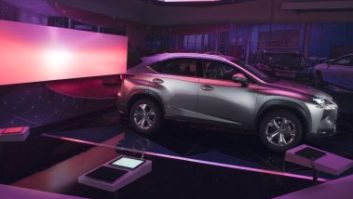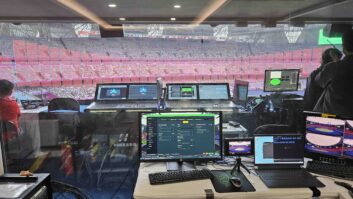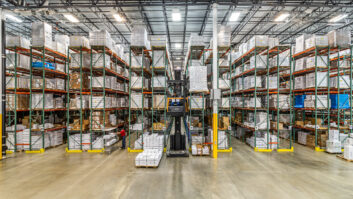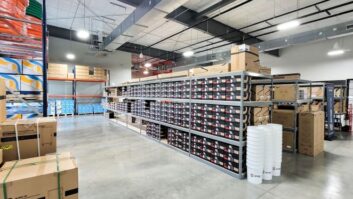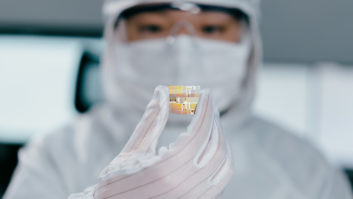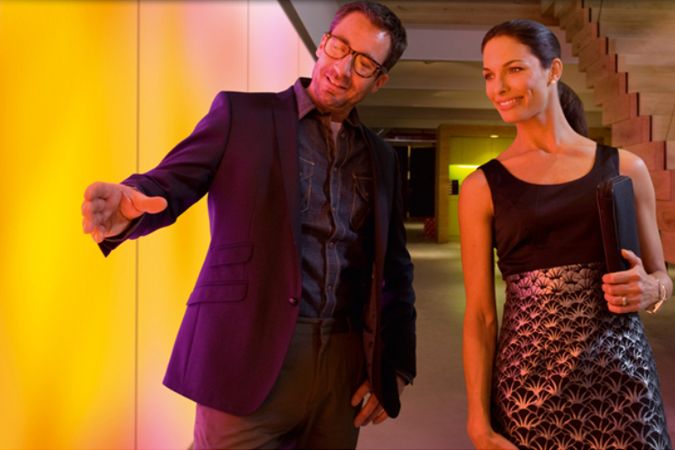
Luminous textile from Philips is a revolutionary lighting concept that gives creative freedom to architects.
Imagine creating a dynamic space with the power to engage and attract, surprise and delight, uplift and inspire. One that’s so flexible you can change it to reflect every mood and moment. That’s the beauty of luminous textile.
Philips Lighting hopes that luminous textile will become the new way to express emotions, add drama and bring spaces to life. “I expect architects and lighting designers to be inspired by it. They can imagine the patterns, colours and the flow of light over the fabric and see it brought to life,” says Rogier van der Heide, chief design officer at Philips Lighting.
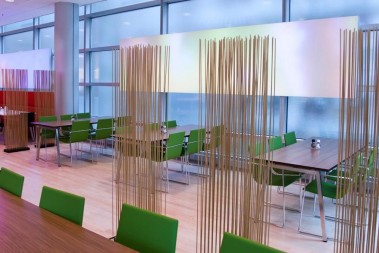
So what exactly is luminous textile? It is a revolutionary new way to enhance interiors with light, texture and dynamic visual content. An ambient lighting system, it integrates multi-coloured LEDs seamlessly within beautiful white or coloured textile panels. The result is a “mood wall” that can integrate lighting into a building’s architecture and emphasise the concept of any room. And because of the range of fabrics and the sheer flexibility of the content, its creative potential is limitless.
The combination of soft, diffused light and the aesthetics of the material create a very special, almost dreamlike quality. With total design freedom and completely customisable content, luminous textile makes the possibilities for mood creation endless.
Unlike hard materials such as glass, concrete and steel that create acoustic problems of their own, luminous textile helps to dampen noise and soften echoes. Luminous textile panels can play a decorative, as well as practical role everywhere from spacious office reception areas and restaurants to hotels and airport lounges.
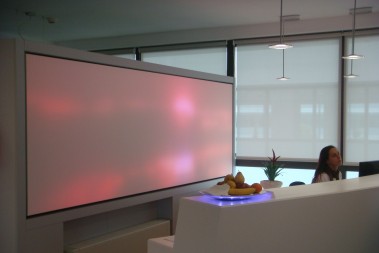
Philips has partnered with Kvadrat, a leading supplier of design textiles. Kvadrat Soft Cells are patented panels that control sound absorption. They are suitable as building components or for post fitting. The panels allow you to create an aesthetic environment with excellent acoustic properties that promote productivity and well-being.
The modular Soft Cells are based on an aluminium frame, with a concealed tensioning mechanism which keeps the surface of the fabric perfectly stretched. As a result, the panels are not affected by humidity or temperature and stay looking good for years.
“Philips’ LED lighting integrated in the Kvadrat Soft Cells panels grants lighting designers and architects full flexibility in achieving a desired ambiance, by allowing them to create content and diagrammatic forms,” says Henrik Holm, managing director, Kvadrat Soft Cells.
